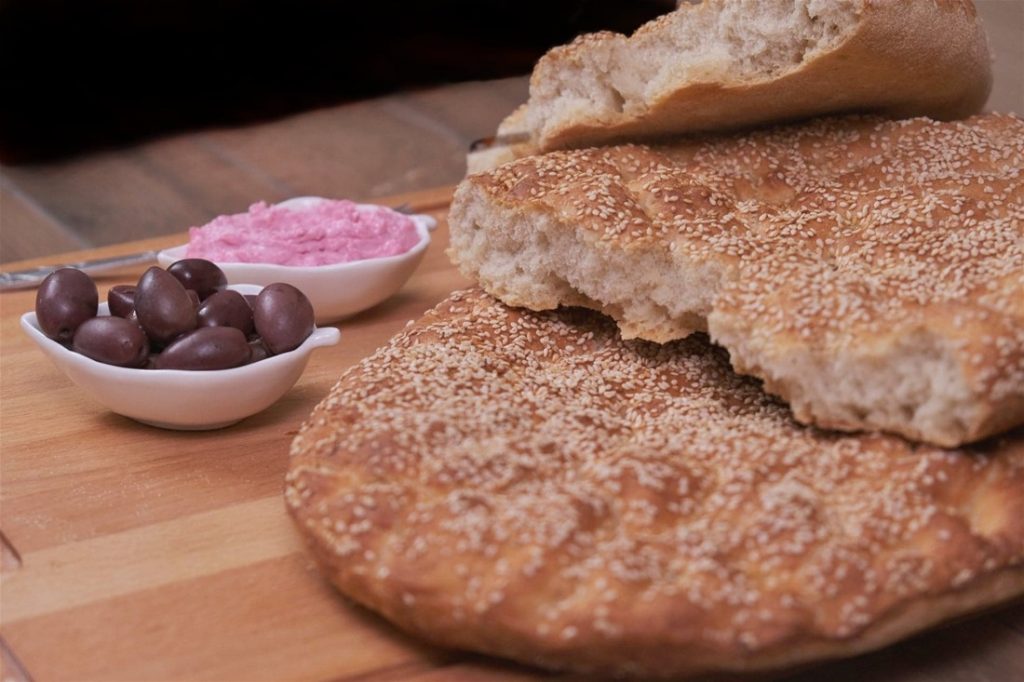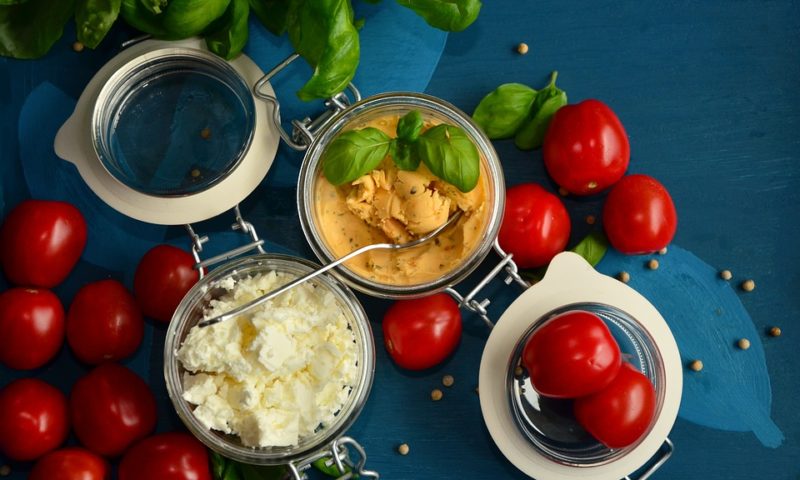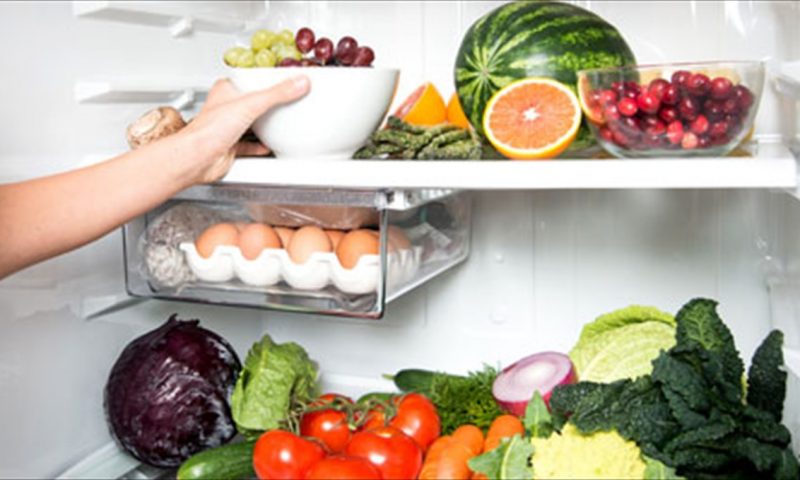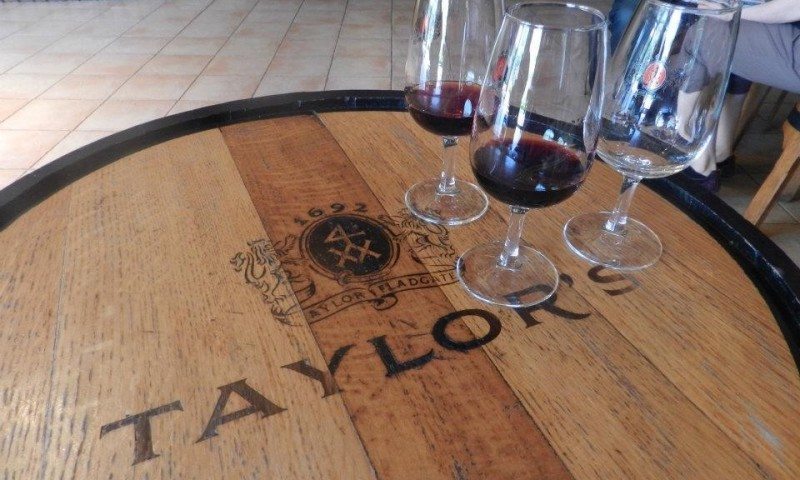What is the “Clean Monday” day?
The Clean Monday is the first day of Lent, the fasting Easter for all orthodox. By folklorists it is considered the epilogue of Bacchic festivities of Carnival, which effectively start on what we call “Tsiknopempth” (the Pancake Day) and end on Clean Monday.
The dish of the day include fasting as a detoxification of the rich feast of Carnival. Lets take a look the main ones a bit more carefully
Lagana – Greek Sesame Flatbread
Laguna is the main and most characteristic feature of the Saracostian table and it fits in with all the fasting foods and delicacies we will have. It is unleavened bread and is made that day in various variations, although most people prefer the traditional lagana.
Fish roe salad
The taramo salad is made of tarama (fish eggs) and is the appropriate “ointment” for the day’s meals. Two types of tarama are available on the market, white and pink, the former being considered superior in quality. The taramosalad is the alpha and omega of the saracostian table.
Seafood and sea shells
Fish are not allowed on the fasting table (with the exception of the 25 March break), however we can have seafood and shellfish. Shrimp, crayfish, octopus, squid, cuttlefish, and mussels, have their place on the menu for Clean Monday and can be cooked with a variety of recipes.
Legumes
There is a wide variety of legumes we can consume on a Monday, as well as the ways we can make them. The most popular are beans, either in the form of beans or in the oven, such as giant beans. Black beans, lentils and chickpeas are also common. There are many who add to their table and fava, a nice and fasting appetizer that fits perfectly.
Vegetables
The table does not lack vegetables, either raw such as tomato, cucumber, lettuce, arugula, parsley, spinach, carrots, or baked starchy and non-starchy vegetables, such as beets, potatoes, mushrooms. All kinds of salads are on the menu, and pickled vegetables are the most popular choice on the table.
Halva
Halva is the main sweet of the fasting table and we usually eat it after everything else. It is the menu’s dessert and one can find it in different flavors and versions for all tastes, such as: plain, with almonds, with cocoa, without sugar, with stevia, with mastic, with fruits etc.

The celebration of carnival in the countryside called Koulouma. The etymology of the word is Latin (koloumna = column Koumoulos = pile, top) or Albanian origin (Colum = net). The Municipality of Athens Koulouma celebrated the Hill of Philopappou, as in many municipalities of the country, with tender bean soup and lenten the citizens.
Necessary complement of carnival is flying the kite, with a variety of colors and designs, from small and large, probably to throw away any worries of winter, since entering the spring and all, at least in nature, are happier because of flowering and better weather.

Nevertheless, this is not always the case. Unfortunately recently the weather becomes even more unpredictable even in Greece. Despite that there is a huge variety in the designs of the kites as you can see.
Either way, as the focus is on the food. My memory from Clean Monday is always a table full of sea food and especially mussels and clams.
My father would always get fresh mussels and clams from the seafood market in Athens which we would eat them most of the times raw with a bit of lemon. Accompanied of course with lagana, pickles and many salads.
The problems with them would be that you would need to learn how to open them as they are still alive. If you are not good on them it might be a long day for you.




